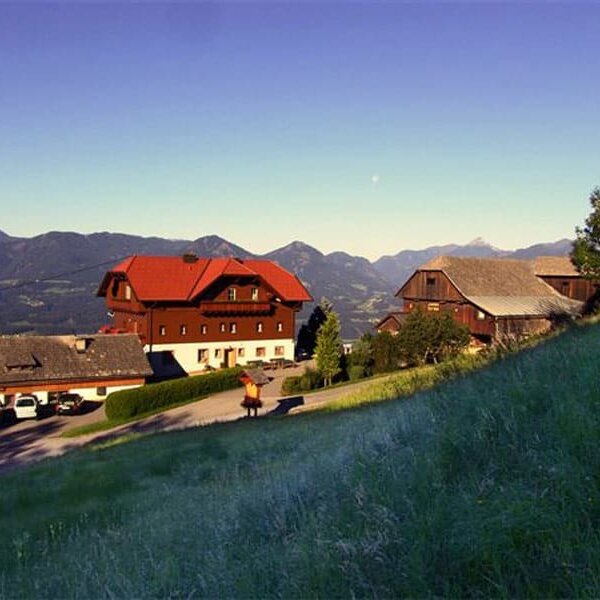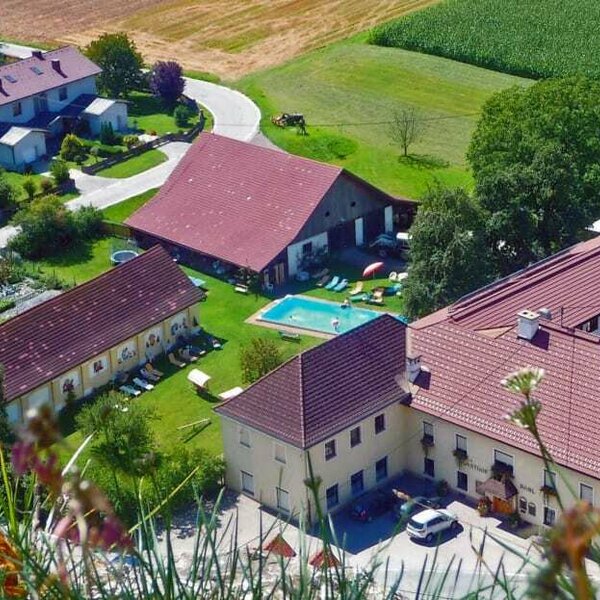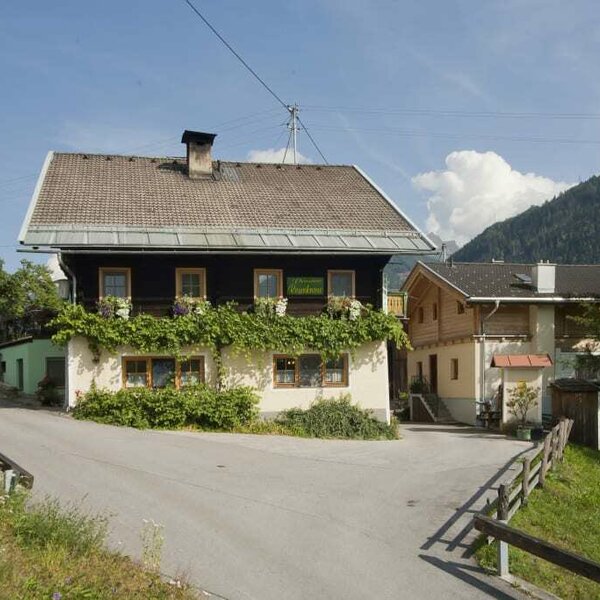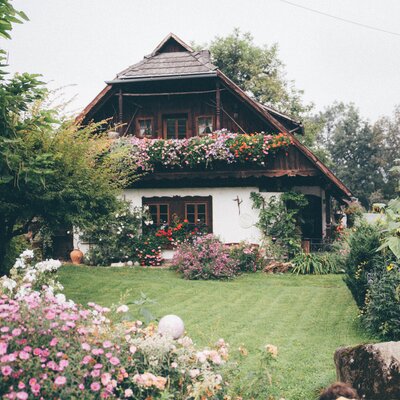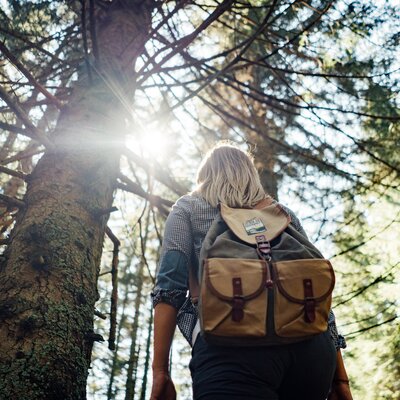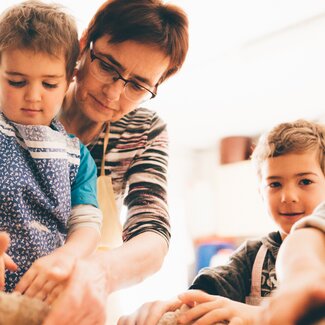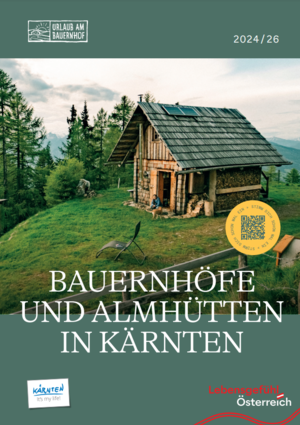Customs and Traditions in Carinthia
A unique set of customs, traditions and celebrations adds some colour to every season in Carinthia. Let them take you on a journey through Austria’s south, a region with a rich and varied history and culture. Come, take a look behind the scenes and get to know this province and its people!
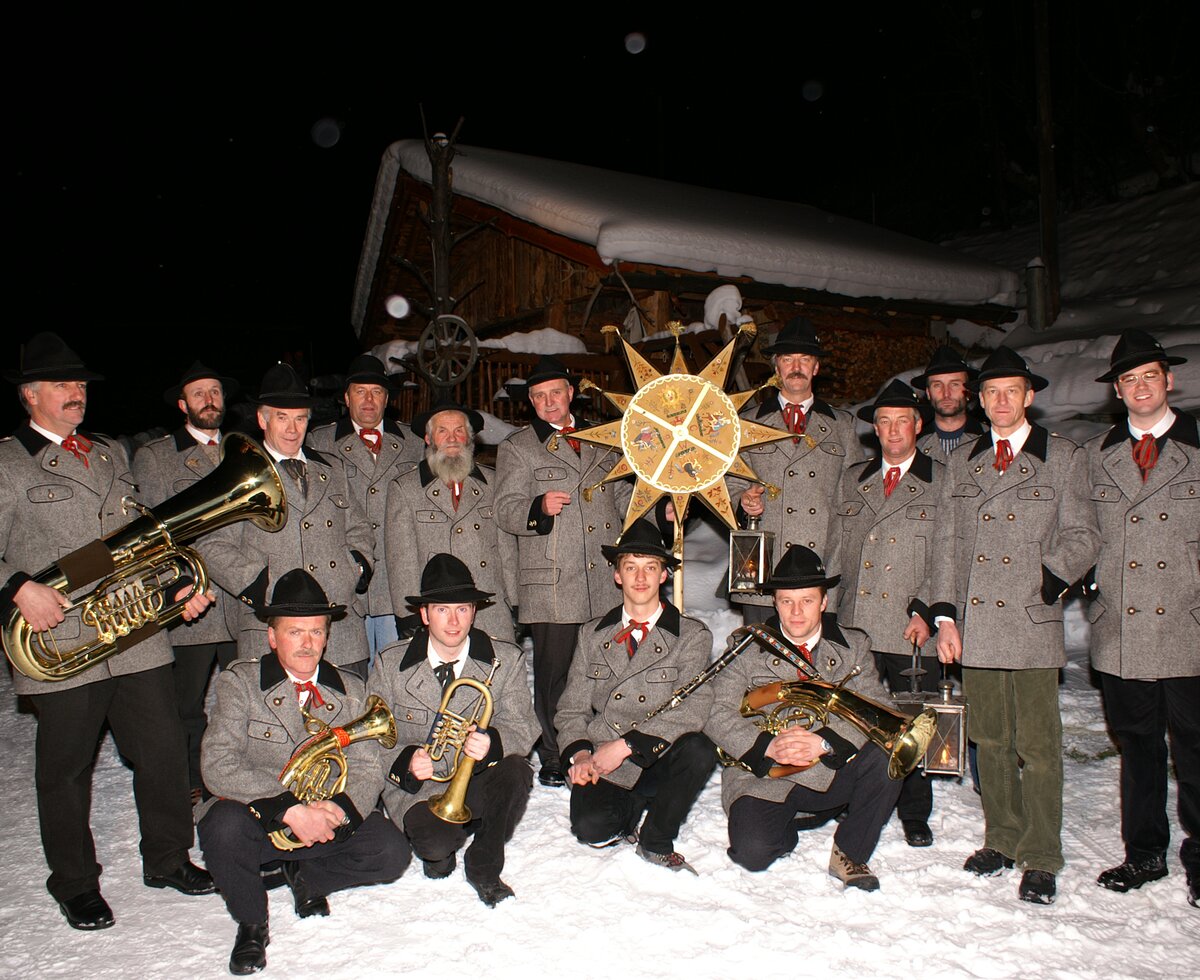
A Blessing for the Family and the Farm
At the beginning of the year, the Epiphany singers walk from house to house in Carinthia’s mountain valleys. They sing and pray for the people who open their doors and chalk a blessing on top of the door frame. The letters “C + B + M” refer to the Latin phrase “Christus mansionem benedicat” (May Christ bless this house). In 2010, Epiphany singing in the village of Heiligenblut was included in the National Inventory of Intangible Cultural Heritage by the Austrian Commission for UNESCO. Accompanied by musicians and a group of people carrying lanterns, the Epiphany singers “bring the new year” to the farms. They make their way across the snowy hillsides, from farmhouse to farmhouse. It’s not until dawn that they reach their final stop in the famous pilgrimage church in the village of Heiligenblut.
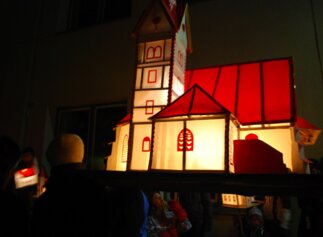
Carrying Churches on Candlemas
The eve of Candlemas, 1 February, is a special day in the village of Bad Eisenkappel. People here make little churches out of cardboard with a candle inside. They are blessed at the service and carried through the village in a candlelight procession. At the end, people set the little churches on the river and watch them drift off alight. This tradition is said to prevent the region from floods. But this time of the year is probably best known for carnival. The period called “Fasnacht” here begins on Epiphany Day and ends on Ash Wednesday. In Carinthia, the carnival season typically involves plenty of public celebrations with the “Villacher Fasching” being the most widely known. Everyone in Austria has heard of the parades, public street parties and other entertainments that take place in the city of Villach.
Other historic traditions that are meant to drive away winter and darkness are called “Bärentreiben” and “Schneebauen”. These customs can still be found in the villages of Steuerberg and Sörg. During the carnival season, the farmers laid the heavy work aside for a while. Instead, a lot of strenuous tasks were imitated in a joyful way such as hauling logs by hand.

Lent and Easter
The day after Shrove Tuesday, Ash Wednesday, is the beginning of Lent, the 40-day period of fasting. This is the time for making a sacrifice. The Lenten veils, special symbols, show scenes from the Passion of Christ. The principal altar in a church is traditionally veiled during this period, reminding Christians to focus on repentance. The cathedral of Gurk is home to Carinthia’s most famous Lenten veil. Not only is it one of the oldest preserved Lenten veils in the Alpine regions (dating back to the year 1458), but it’s also one of the largest (measuring almost 9 x 9m) and most beautiful of its kind. Palm Sunday marks the first day of a week full of rituals and customs. The colourful bouquets called “Palmbuschen” or “Palmbesen” are regarded as a tree of life and represent the palm branches during the blessing in church. Branches of pussy willow, juniper and box are fastened together in a bunch and decorated with ribbons, apples, oranges and pretzels. The “Palmbuschen” are then taken home as a blessing for the house and the farm. In case of a thunderstorm, the farmers burn them in the wood-fired stove. The cattle is fed with a mouthful before setting out to the alpine pastures in summer. In general, people believe that this tradition attracts the good and wards off the evil.
On the Easter weekend, the resurrection of the Son of God is at the centre of every tradition. It’s customary to have a basket of food blessed in church. Celebrating the resurrection of Jesus during the Easter Vigil features Easter Fires and firecrackers. Beautifully decorated and colourfully dyed eggs are a symbol of fertility and growth. A traditional snack platter on the Easter table includes “Reindling” (a Bundt cake made with yeast dough, filled with honey and cinnamon), a sweet butter roll (pure butter served as a roll containing a sweet filling made with poppy seeds, dried pears and nuts), horseradish, ham and cured meat.
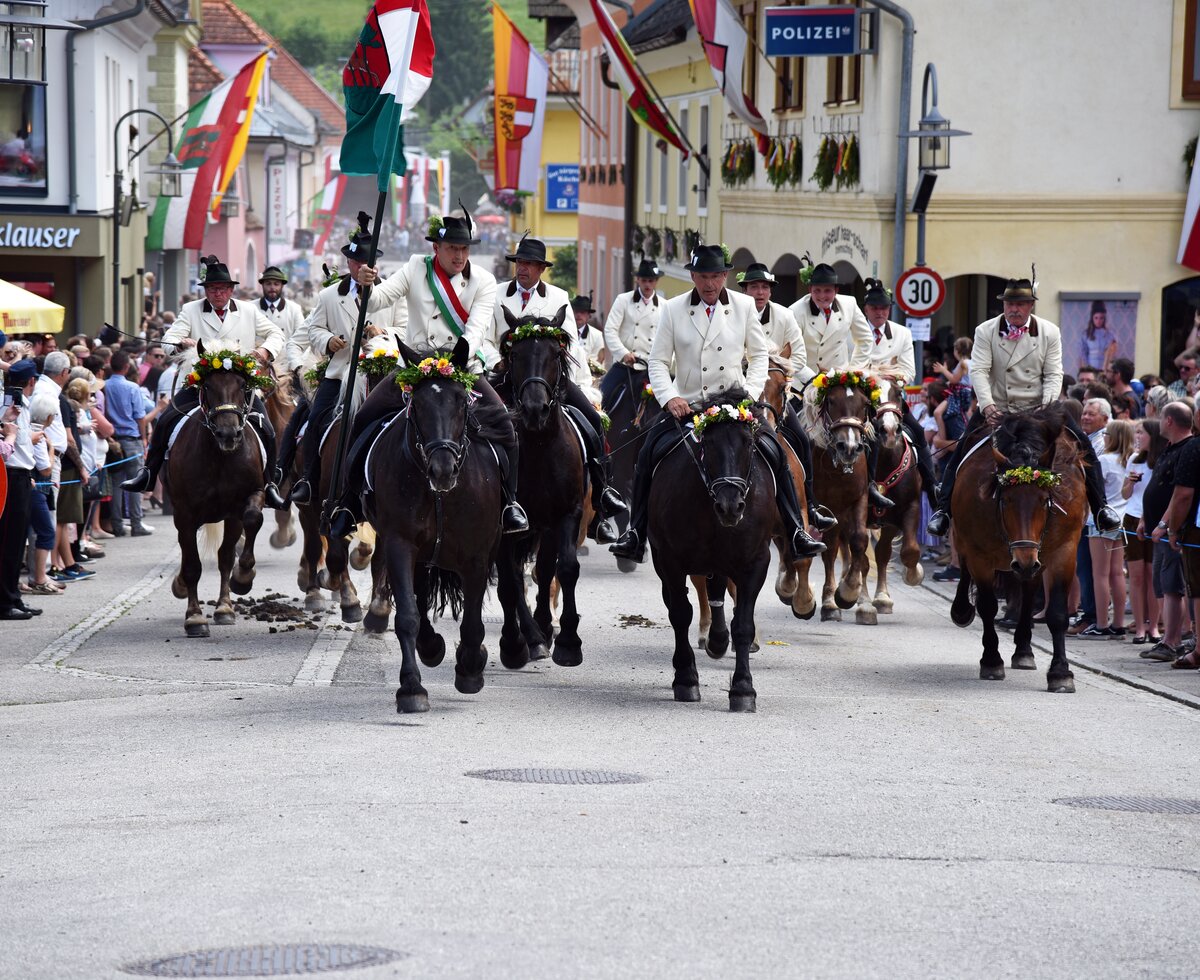
Maypole and Spring Celebrations
The eve of the second Friday of Easter, is the occasion for a pilgrimage called “Vierbergelauf” which loosely translates to “running over four mountains”. Countless pilgrims walk the distance of 50 kilometres over the four sacred mountains “Magdalensberg”, “Ulrichsberg”, “Veitsberg” and “Lorenziberg”. The beginning of May is also the time of maypoles, tall wooden poles decorated with garlands that are erected on the main square of a village. The maypole is a symbol of life and is also a sign of community spirit. Pentecost is the occasion for two very special customs that are typical of the Gurktal and the Gailtal valleys. The first, called “Kranzelreiten” in the village of Weitensfelden, has three young men running a race. The winner is allowed to kiss the statue in stone of Virgin Mary in the village centre. An old tradition called “Kufenstechen” is still popular in the Gailtal valley. It’s a form of jousting in which the young men from the village attempt to strike a wooden barrel with an iron pole on a bareback horse. It resembles a medieval tournament. Every third year, people perform the so-called “Reiftanz”, a traditional chain dance, in the village of Hüttenberg.
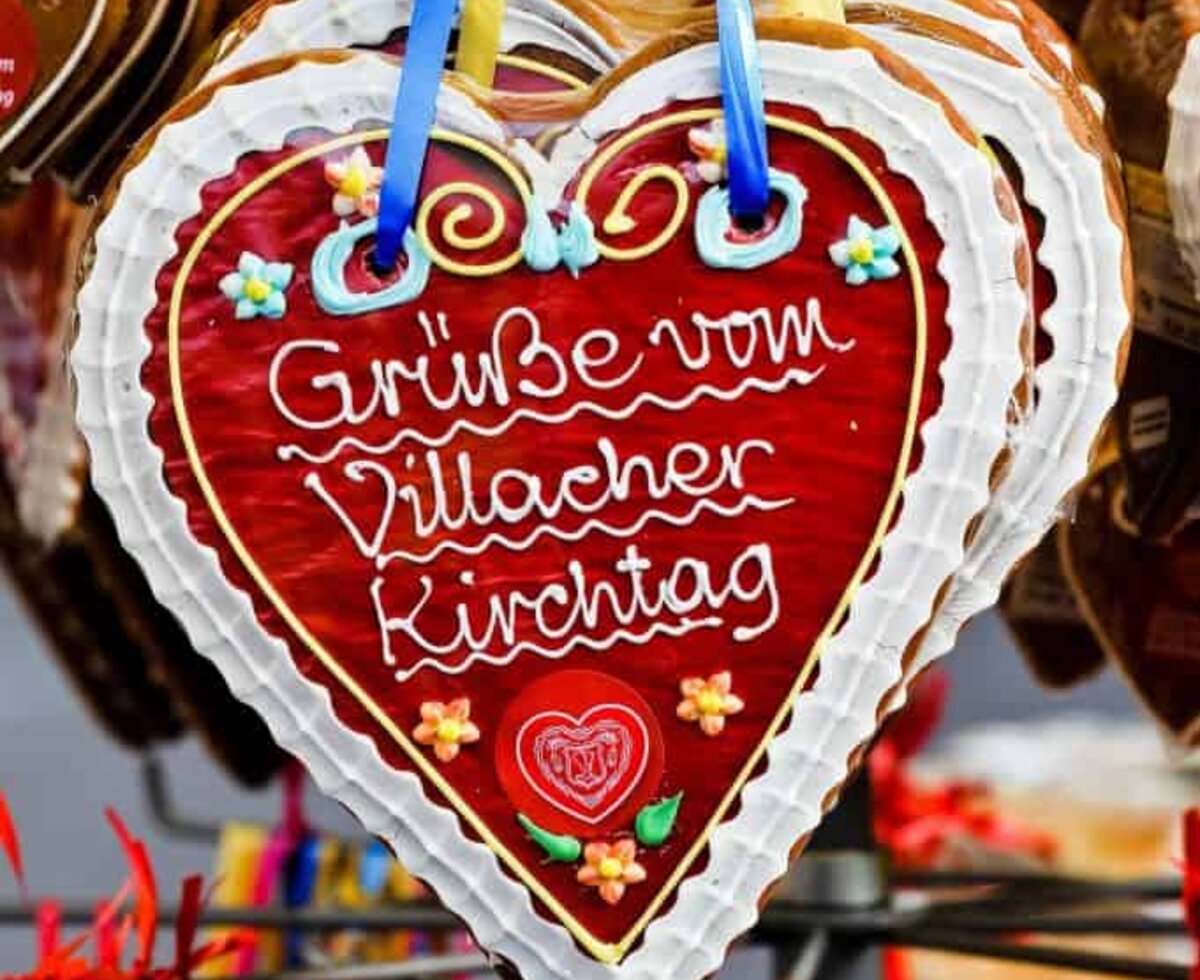
Bonfires, Fairs and Thanksgiving
Bonfires and other festivals to celebrate summer solstice are an important part of summer in Austria’s south. A Holy Mass on a mountain peak, a kirmess on an alpine pasture and culinary festivals celebrating the joys of ham, bacon, polenta and buckwheat dishes - that’s how people in Carinthia make the most of the warm and sunny days. The highlight takes place in Carinthia’s second-biggest city, Villach: “Villacher Kirchtag”. The greatest and most famous fair in the province begins on the first Saturday of August. It’s followed by two other large fairs in September that are organised in the towns of Bleiburg and St. Veit.
Between 24 August (feast day of Bartholomew) and 29 September (Michaelmas), the cattle, horses, sheep and goats that have fed on the alpine pastures during summer are brought down to the valleys. Before they set out, the animals are decorated elaborately. In former times, people thought it would ward off evil spirits. Nowadays, the decoration is a sign of joy and happiness about the healthy livestock returning to the farm. Thanksgiving is celebrated all over the province. It’s a day of giving thanks for the blessing of a rich harvest.
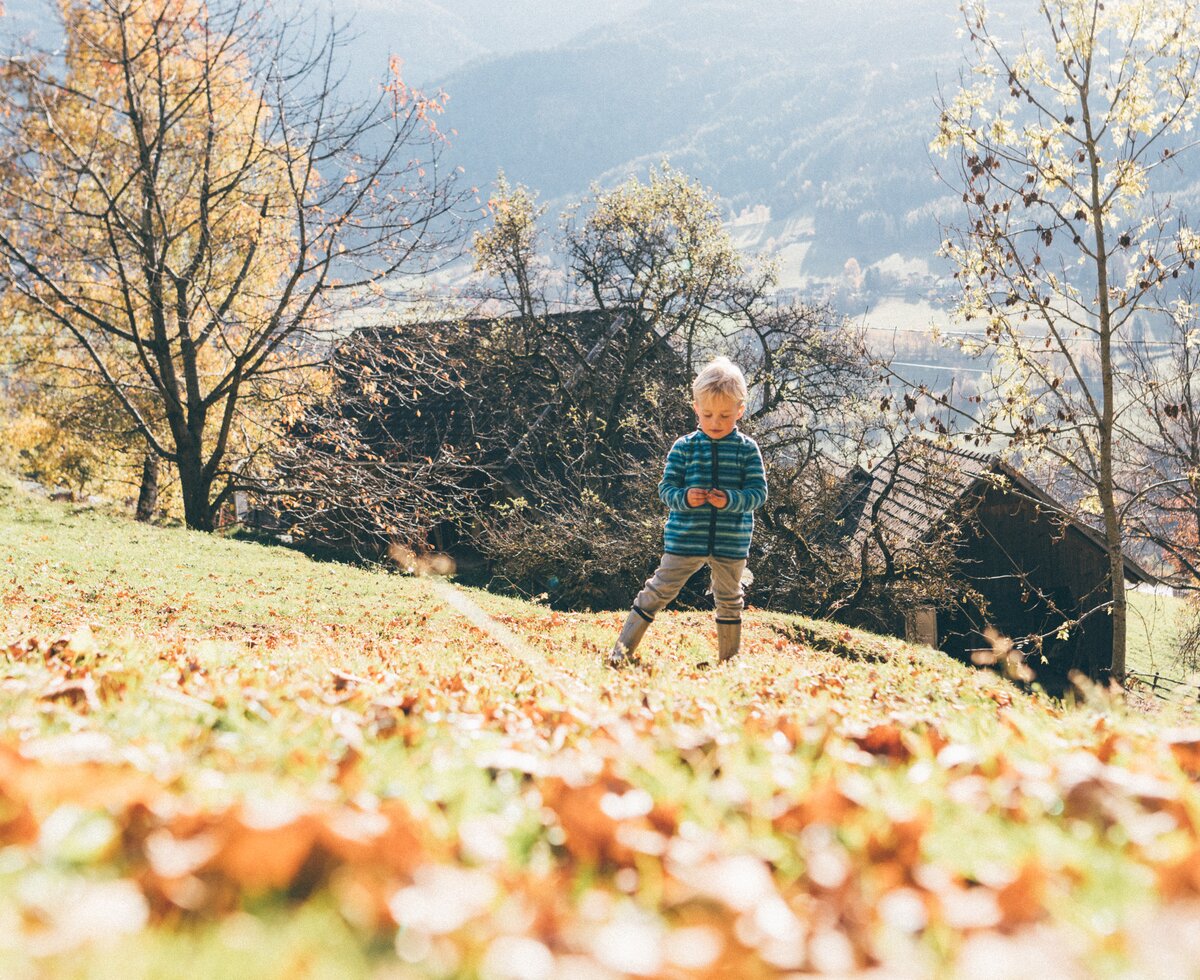
Golden Autumn Days
Without a sound, the leaves are softly falling to the ground. It’s quiet and peaceful on the alpine pastures and the snow-covered mountain peaks announce winter. All Saints’ Day and All Souls’ Day in November are at the beginning of a time for contemplation. It’s the time to decorate the graves of loved ones, to reflect on the transience of all things and to hope for resurrection.
3 November is the feast day of Saint Hubert, a bishop from Liège and the patron saint of hunters. Saint Martin’s Day (11 November) and Saint Catherine’s Day (25 November) are the last feasts before Advent, the pre-Christmas time.
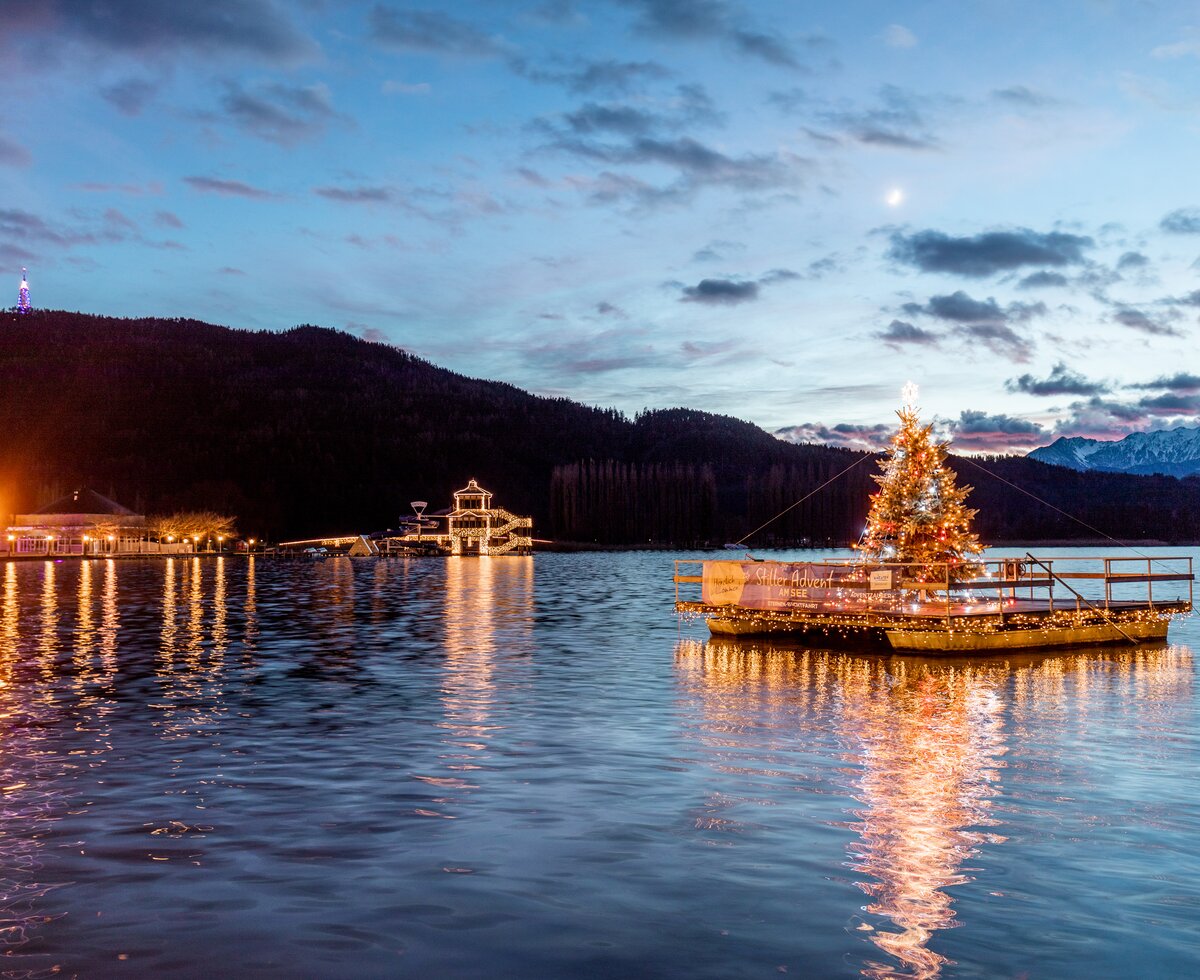
Von kalten Rauhnächten und Weihnachten
Now, people light the candles on the Advent wreath, watch Saint Nicholas and his evil-looking companions, the Krampus, walk through the villages and cut off branches from a cherry tree and place them in water on Saint Barbara’s Day (4 December). There is a belief that it brings good luck if the cherry blossoms appear by Christmas.
The little guests have a particular interest not to leave the farmer’s side on Christmas Eve. According to a legend, the animals in the barn gain the magical ability to speak and talk to us about the future around midnight. But be quiet! The moment that the animals hear somebody listen, the magic comes to an end. You have to be as quiet as a mouse! On 26 December, the Feast of Saint Stephen, ceremonial horseback rides (“Stefaniritt”) and blessing of horses are ancient customs still continued to this day. The twelve cold, dark nights between Christmas and Epiphany (known as “Rauhnächte”) are steeped in myths, legends and spirituality. Following an old tradition, farmers go to the barn burning incense and palm branches in a pan blackened with soot. There is a belief that this tradition will ward off demons and evil spirits and that the house and the farm will be protected during the year to come.
Any Questions? Contact Us! FARM HOLIDAYS IN CARINTHIA
Contact the team from “Farm Holidays in Carinthia” via e-mail or phone (Mon - Thu 8:00-16:00, Fri 8:00-12:00). We are looking forward to helping you find the perfect farm, mountain cabin or chalet for your holiday. Get the best advice for your farm holiday in Carinthia!
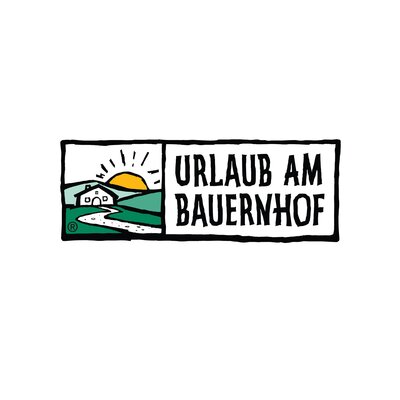
Urlaub am Bauernhof Kärnten
Holidays on the Farm in Carinthia

